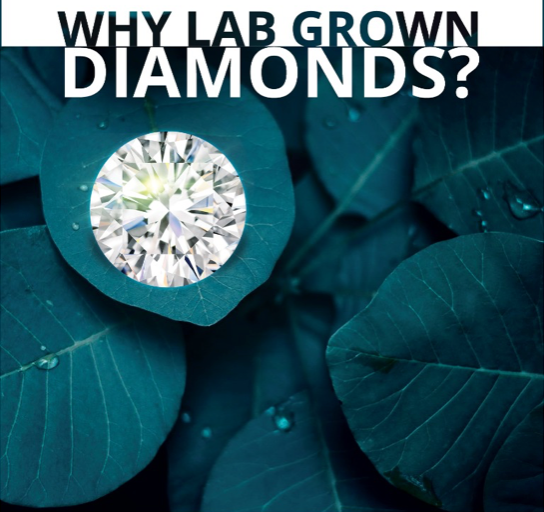How to Clean & Care Your Jewelry
After purchasing your jewelry, one of the most important steps is cleaning and caring for it. Wearing your favorite pieces exposes them to bacteria, showing a visible build-up of oil and residue. This build-up dulls the stones and metal, reducing their beauty and brilliance. This dirt and grime gives jewelry the appearance of being old and worn out.
Luckily, taking care of your jewelry can be done in a few simple steps. This blog post will serve as a guide, offering a few simple care tips. You can extend the life of any piece by cleaning it regularly and addressing repair concerns.
Cleaning Methods
Consulting a professional is optimal for a proper clean and repair. Jewelry professionals will assist with the best cleaning method for your item. But, what if you can’t get to a professional? There are a few methods for cleaning your jewelry at home.
Ultra-Sonic & Liquid Jewelry Cleaners
Ultra-sonic and liquid jewelry cleaners should be used with caution. Both methods may be too harsh for your jewelry. Treated stones (fracture-filled, color-enhanced, etc), plated metals/mixed metals, inlays, and pave settings are not suitable for these methods. Fragile opals, aggregate minerals (turquoise, malachite, for example) may dry out.
Soap + Water Mixture
Using mild soap and water is a quick and easy method for cleaning your jewelry at home. Soaking your jewelry in this mixture will help to loosen debris and dirt. Going over your jewelry lightly with a very soft toothbrush or cloth will wipe away this build-up. Placing your jewelry under cleaning running water, patting it dry, and letting it air dry will help to make it sparkle like brand new.
Pro Tip: Do not expose your jewelry to swimming pools (chlorine), cleaning products, makeup, and other liquids containing harsh chemicals. Exercising, doing the dishes, and working with your hands creates hazardous circumstances for your jewelry. Storing jewelry in a jewelry box, bag, or in a drawer when it is not worn will protect it from environmental factors. Using a jewelry cleaning cloth is an excellent way to temporarily clean your jewelry.
Prong Retipping or Tightening Prongs
One of the most common types of settings is prongs. Prongs look like small metal stick-like wires that curve over the stone, holding it in place. Prongs loosen over time, causing the stone to jiggle in the setting. A professional can tighten the prongs without damaging the stone.
Retipping the prongs involves the jewelry placing additional metal over the prongs, reshaping the metal, and fixing the setting aesthetically. Prongs can snag clothing and many other things, making retipping a suitable repair option.
Polishing & Buffing
All metal scratches over time, revealing a criss-cross of damage on your most cherished piece. Jewelry that gets scratched may show a soft glow, or a patina. It is thought this glow gives the piece more personality or heartfelt history of use and enjoyment over the years. Wedding bands and engagement rings may show significant scratches because they are worn frequently. Getting your jewelry professionally polished will remove these scratches from gold and platinum.
Buffing removes a small amount of the surface and is more abrasive. A professional jewelry designer may assess which method is best suited for your concern. It is generally advised not to use either method frequently.
Make taking care of your jewelry a part of your routine. Allow the investment of time and money spent on choosing your purchase to be enjoyed daily by cleaning and repairing your jewelry regularly.


Leave a comment
This site is protected by hCaptcha and the hCaptcha Privacy Policy and Terms of Service apply.